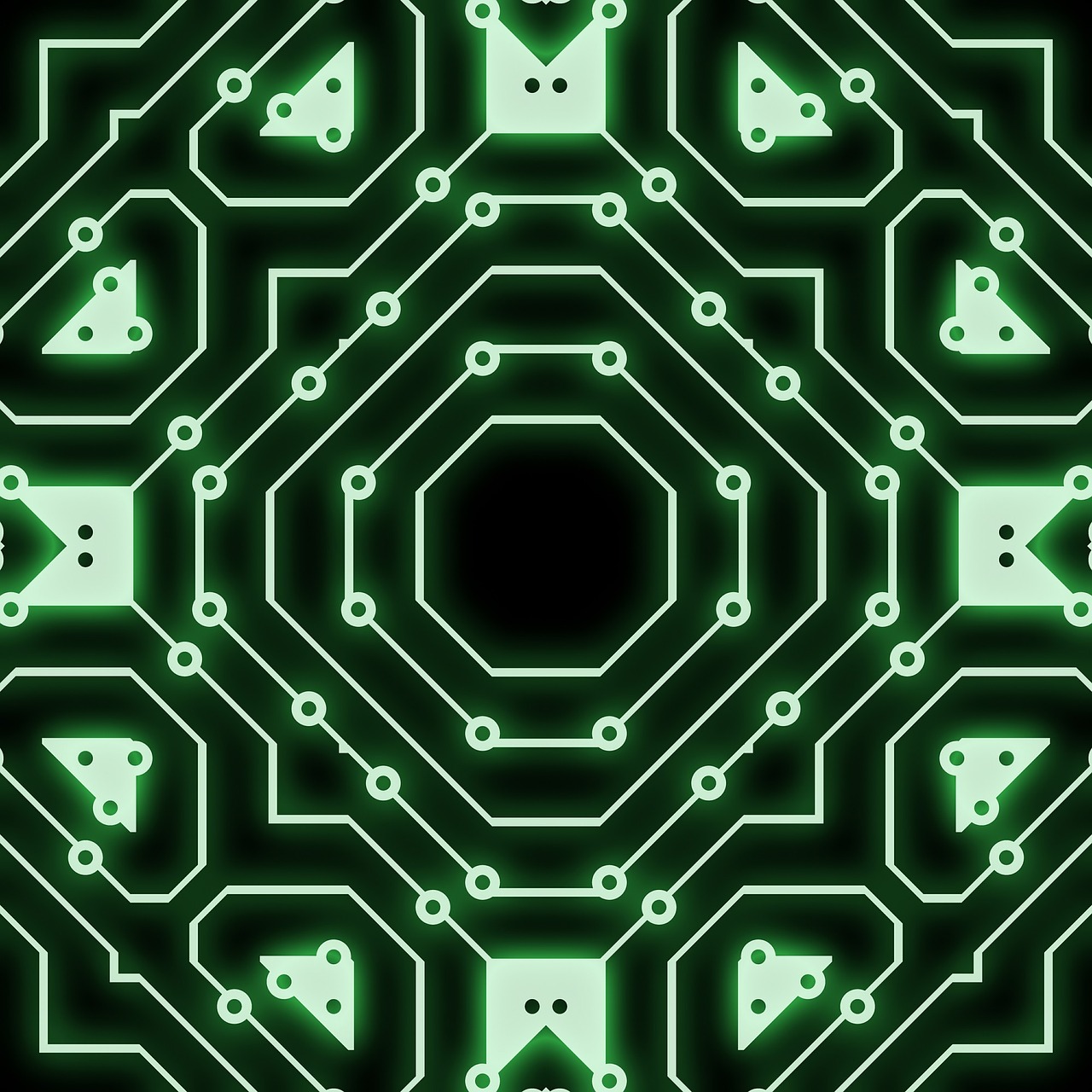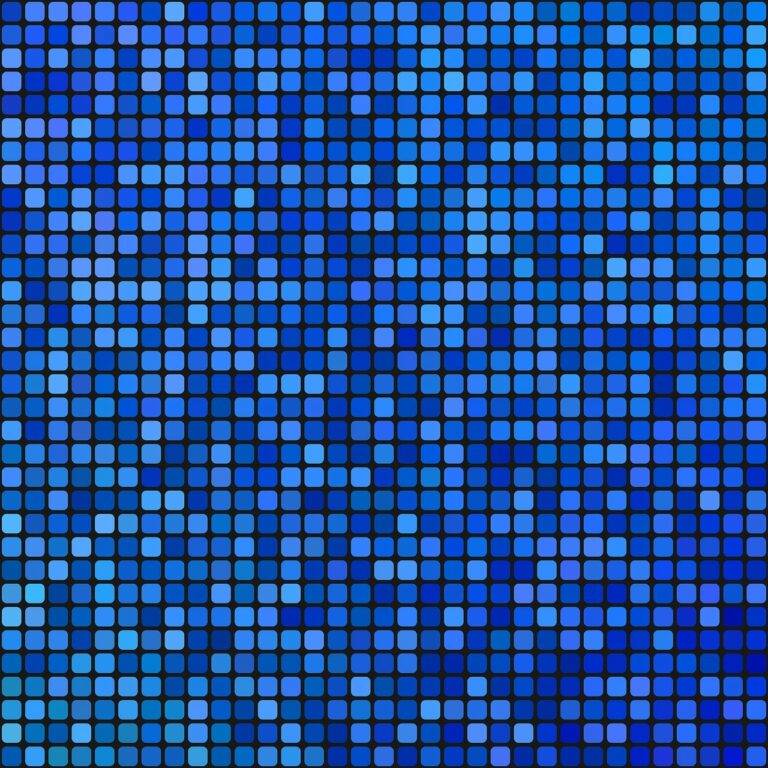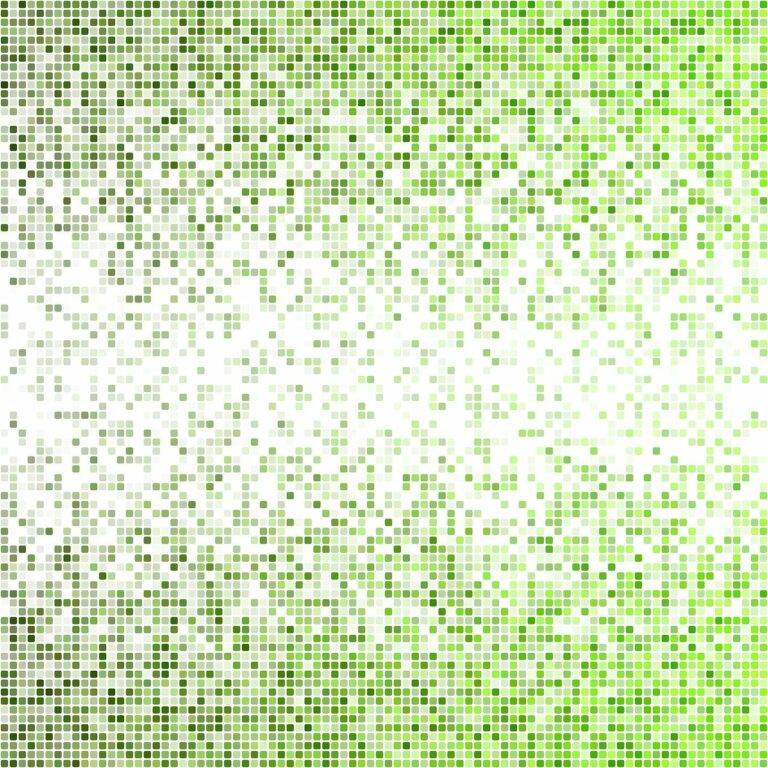The Role of Tech in Environmental Conservation
In recent years, the field of wildlife conservation has seen a surge in technological advancements aimed at monitoring and protecting various species. One such innovation is the use of camera traps, which have revolutionized the way researchers gather data on wildlife populations. These discreet devices are equipped with motion sensors and can capture images and videos of animals in their natural habitats without causing disturbance.
Moreover, the integration of GPS tracking technology has enabled researchers to monitor animal movements and behaviors with unprecedented accuracy. By attaching lightweight GPS collars or tags to animals, scientists can track their movements in real time and gain valuable insights into their migration patterns, territory usage, and interactions with other species. This wealth of data has greatly enhanced our understanding of wildlife populations and has paved the way for more effective conservation strategies.
Advancements in Precision Agriculture for Sustainable Farming
Precision agriculture has revolutionized farming practices by utilizing technology to maximize efficiency and sustainability. Through the use of drones equipped with cameras and sensors, farmers can collect data on crop health, soil conditions, and yield potential with unprecedented detail and accuracy. This information allows for targeted interventions, such as precise application of fertilizers and pesticides, minimizing waste and environmental impact.
Furthermore, the integration of GPS technology and automated machinery enables farmers to operate with increased precision and consistency. By creating detailed maps of their fields and utilizing automated systems for planting, irrigation, and harvesting, farmers can optimize resource usage and minimize labor costs. This level of precision not only improves productivity but also reduces the overall environmental footprint of agriculture, contributing to a more sustainable future for food production.
• Precision agriculture utilizes technology to maximize efficiency and sustainability
• Drones equipped with cameras and sensors collect data on crop health, soil conditions, and yield potential
• Targeted interventions such as precise application of fertilizers and pesticides minimize waste and environmental impact
• Integration of GPS technology and automated machinery enables increased precision and consistency in farming operations
• Detailed maps of fields and automated systems for planting, irrigation, and harvesting optimize resource usage
• Precision agriculture not only improves productivity but also reduces the overall environmental footprint of agriculture
Remote Sensing Technologies for Habitat Mapping
In recent years, the application of remote sensing technologies in habitat mapping has revolutionized the way conservationists and researchers monitor and protect various ecosystems worldwide. These technologies have enabled the collection of vast amounts of data from satellites, planes, and drones, allowing for a more comprehensive and detailed understanding of different habitats, including forests, wetlands, and grasslands.
By utilizing remote sensing technologies, experts can map out the distribution of various species, identify critical habitats, and track changes in landscape patterns over time with greater accuracy and efficiency. This data is instrumental in informing conservation strategies, land-use planning, and restoration efforts to safeguard biodiversity and promote sustainable resource management practices.
What are some examples of remote sensing technologies used for habitat mapping?
Some examples of remote sensing technologies used for habitat mapping include satellite imagery, LiDAR (Light Detection and Ranging), and aerial drones.
How can remote sensing technologies help monitor wildlife populations?
Remote sensing technologies can help monitor wildlife populations by providing data on habitat use, distribution, and population dynamics from a bird’s eye view.
What are the benefits of using remote sensing technologies for sustainable farming?
Using remote sensing technologies for sustainable farming can improve crop yield predictions, optimize resource use, and reduce environmental impacts through precision agriculture techniques.
How do advancements in precision agriculture contribute to sustainable farming practices?
Advancements in precision agriculture, enabled by remote sensing technologies, help farmers make data-driven decisions to reduce inputs like water, fertilizers, and pesticides while increasing productivity and sustainability.
Can remote sensing technologies be used for habitat restoration efforts?
Yes, remote sensing technologies can be used to assess habitat conditions, monitor changes over time, and guide restoration efforts to improve biodiversity and ecosystem health.





